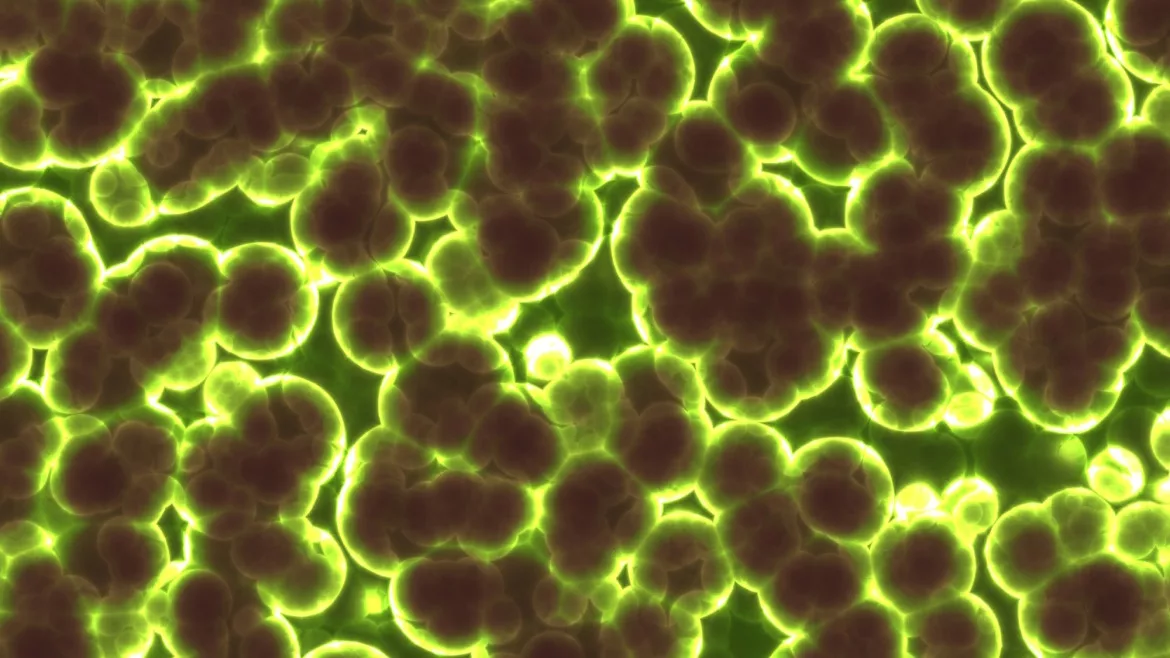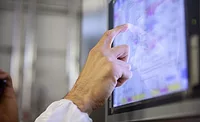Thermal Process Validation Trials: 3 Tips to Minimize Cost and Protect Your Brand

Equipment purchases by major food manufacturing customers are driven by corporate initiatives such as environmental responsibility, sustainability, the desire for clean and wholesome food, and most importantly, food safety. Fulfilling the food safety initiative is often achieved by requesting process validation trials prior to purchase. This aspect of the purchasing decision has become a “must have” prior to signing a contract in many cases. The purchasing organization’s goal is to demonstrate a specified log reduction in pathogenic microorganisms based on a food safety risk assessment and regulatory guidelines. The goal is typically a 4-12 log reduction based on pathogen incidence in the raw materials, risk to human health and applicable thermal processing techniques.
Conducting microbial validation studies can present some financial challenges for equipment manufacturers as these trials are typically expensive. Hundreds of labor hours involving cross functional teams in the areas of R&D, quality, operations and microbiology are dedicated to completing a trial. In addition to labor costs, materials such as the food matrix and testing supplies can be expensive.
With the expense associated with process validation studies, it is critically important to conduct a successful trial. Successful trials will not only ensure the labor and material costs are kept to a minimum but will also ensure indirect costs associated with negative impact to brand are avoided. For equipment vendors, unsuccessful trials typically result in lost sales and the potential of negative buzz around the failed trial can be concerning.
So, what does it take to conduct a successful validation trial? There are three tips below that can help you prepare.
1. Work with a microbiologist experienced in process validation and experimental design.
Process validation trials are not just microbiology but involve an understanding of food matrix, processing and how these affect the microorganism during a trial. Understanding these interactions is much different than identifying an organism to diagnose a disease, for example.
The National Advisory Committee on Microbiological Criteria for Food (NACMF) provides guidelines for selecting a qualified individual for validation trials. Experience levels can be reviewed in the references to this article and are supported by the FDA and USDA. Be sure to inquire about the microbiologist’s experience with protocol development, in-plant trials and scope of processing technologies.
The protocol designed by the microbiologist will have considerations for inoculation procedures, mixing, organism attachment, processing and sample collection. It should be reviewed by a cross-functional team involving the customer’s R&D and quality teams, as well as the equipment manufacturers' engineers and operators. Ensure the protocol is complete with all pertinent details, and the trial procedures are attainable for running conditions, sample processing and sample collection.
2. Gain confidence and insight by running a preliminary trial.
Running preliminary trials prior to organism inoculation will save a lot of time and money in the long run. Many potential trial issues can be discovered and resolved through preliminary trials. During these trials there are three critically important goals: 1) ensuring the expectations for final product sensory are achieved, 2) ensuring the equipment running parameters are obtainable and reproducible, and 3) obtain the temperature profile for matrix during the process.
Preliminary trials for sensory evaluation can be conducted in collaboration with the customer’s R&D team prior to matrix inoculation. Understanding the finished product sensory such as general appearance, color, shape specifications, homogeneity, texture, imperfection/defects and odor can help ensure a successful validation trial. It is pointless to meet a microbial inactivation goal if the finish product is not representative of sellable product due to undesirable sensory attributes. Adjustment to equipment processing conditions can be made to meet sensory specifications during these preliminary trials.
Ensure that the equipment’s running conditions meet the time and temperature specifications outlined by the customer's R&D team and are reproducible. Any problems meeting the processing parameters should be addressed until the time and temperature specifications are easily reproduced. The preliminary trials for equipment operation are a time to gain confidence in meeting the processing criteria as well as a time to document running conditions for reproducibility.
Preliminary trials also provide time to understand temperature variance, come-up time and residence time through temperature profiles and processing time. By monitoring the matrix internal temperature, adjustments can be made to processing to meet temperature and hold time specifications as needed. The come-up time (the time it takes the matrix to come up to temperature) will also be evaluated, as well as the time the matrix is held at that temperature. These aspects of a thermal process validation trial have the biggest impact on microbial inactivation and investigating these prior to the trial will be beneficial.
3. Ensure an experienced microbiologist is onsite during the day of the validation trial.
During the day of experimental trials of the equipment, it is typical and often likely to discuss last-minutes changes to the study design and protocol. Sometimes these changes are unavoidable and sometimes they are desired to gain more information. A few examples include: Will additional sample collection points disrupt the trial conditions? Will the difference in today’s initial matrix temperature affect come-up time and require processing time adjustments? Can we adjust running parameters to ensure we hit the target temperature? All of these scenarios can potentially have an effect on microbial kill and having a microbiologist on-site will prevent delays by providing immediate answers.
A microbiologist onsite is also very valuable for observing all aspects of the trial. Observation of mixing procedures, inoculation and attachment conditions, equipment adjustments, sample placement, and consistency of sample collection are all pertinent to the trial results. In addition, if partial batch inoculation is utilized such as the use of sachets in bulk flour bags during radio frequency validations or the use of baskets in nut roaster validations, an onsite microbiologist would observe the placement and processing of those samples to ensure these samples are representative of bulk material processing. Trial observations by a microbiologist can be extremely helpful when troubleshooting out of specification results.
The bottom line is that a successful thermal process validation trial requires collaboration, great planning and experience.
In the end, a successful validation can be worth the investment as you will understand your equipment at new level, close a new sale and create positive buzz about your organization.
Looking for a reprint of this article?
From high-res PDFs to custom plaques, order your copy today!









